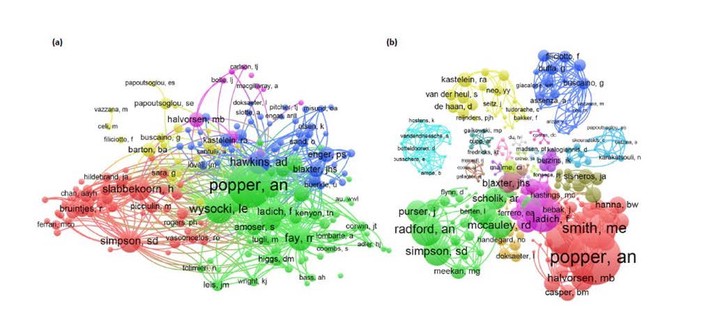Impacts of anthropogenic noise on fish across freshwater and marine habitats: a meta-analysis
 Image credit: Helen Currie
Image credit: Helen Currie
Abstract
Noise pollution originating from a variety of man-made sources is a pervasive issue of concern for both marine and freshwater ecosystems. Relatively little is known about whether resident fish species, or individuals migrating through these contrasting aquatic environments, may be differentially impacted by noise. A combined approach meta-analysis (vote counting and effect size calculations) was conducted to review the current state of knowledge on, 1) whether there is an impact of anthropogenic noise on fishes, 2) what are these impacts (anatomical, physiological, or behavioural)? , 3) do impacts vary across developmental life-stages? , and 4) how do impacts differ between aquatic environments? A predominantly negative effect of noise on fishes was found. However, the magnitude of this negative effect differed dependent on the specific impact, life-stage, and habitat type (marine, freshwater, or euryhaline). The greatest effect of noise was observed for fish experiencing anatomical damage, and adults and juveniles were more impacted than earlier life phases. Intriguingly, we also found noise to have the greatest implications for freshwater species. This review discusses the contextually dependent nature of these results and quantifies the magnitude of impact throughout interconnected aquatic habitats, and across a diverse range of life-history strategies (e.g. diadromy). A database is provided, and we emphasise the need for researchers and policy makers to consider the wider impacts of noise across freshwater, estuarine and marine habitats. Such an approach may assist the development of more bespoke noise mitigation or conservation techniques.